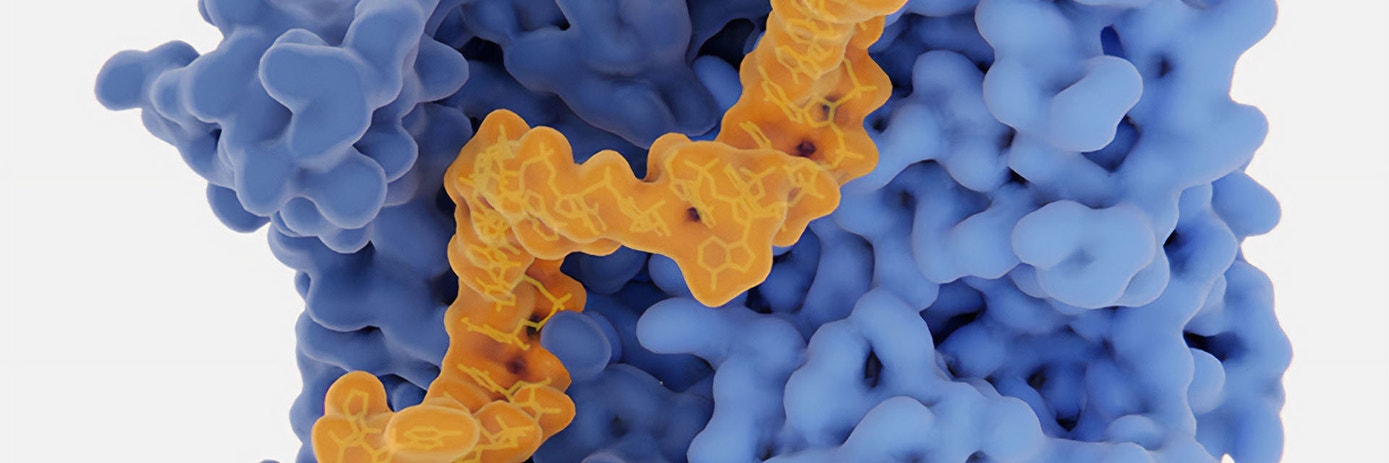When time is of the essence, it helps to have the right technology on hand. This is especially applicable to labs involved in the development of highly sought-after viral therapeutics and vaccines. These labs require access to high-throughput or ultra-high-throughput screening; viruses, particularly those that have evolved over time, can be quite evasive in their ability to enter and exploit host cells.
For this reason, it might be necessary for research teams to screen many potential leads before they find one or two with strong potential. The time sensitivity of virus research, combined with an increasing complexity of bench tasks, can make it helpful for labs to increase automaticity of experiments. In this post, we will highlight two recently published experiments that utilized Revvity’s unique no-wash next generation Alpha™ and HTRF™ immunoassay technologies to provide faster results than traditional protein detection methods and EnSight™ multimode plate reader for automated imaging and analysis.
Amplified luminescent proximity homogeneous assays, or Alpha assays, measure response to non-radioactive fluorescent emission by tagged molecules located near the target molecule. It can be used separately, or together with Homogeneous Time Resolved Fluorescence, or HTRF. HTRF is a common in-vitro assay modality used in drug development. It utilizes a homogenous format for screening a large number of potential compound leads as part of high-throughput screening (HTS). In addition to the fluorescent technology, more formally known as fluorescence resonance energy transfer technology (FRET), HTS also utilizes time-resolved measurement (TR). The entire process can be miniaturized into well-plate formats of either 384 or 1536 samples. This makes it much more efficient to screen upwards of 10,000 potential leads in certain instances without losing sensitivity. The technology can be applied to a number of different types of antibody-based assays, which are used to characterize GPCR signaling, activity of various protein kinases and other cytokines, and the interactions of certain singular proteins with each other or DNA and RNA.
HIV-1 Viral Capsid Study
HTRF was recently used in a study targeting identification and characterization of the HIV-1 viral capsid (CA) for potential use in antibody-based therapeutics. Researchers used this modality for identification of HIV-1 inhibitors that target the C-terminal domain on the capsid, which is not only genetically fragile but also plays an important role in HIV replication. Due to the size and specificity requirements of target molecules, it was helpful for scientists to be able to use a combination of fluorescent tagging for visualization as well as the efficient method of high-throughput screening.
Study Tests Two Simplified Plaque Assays
It is important for researchers to have a reliable method for quantifying the viral load of a sample. Viral plaque assays are standard tools in the development of antiviral drugs and vaccines, but this method is traditionally time-intensive and error prone due to manual counting. Also, it requires more staff training than other assays. The lack of training in particular can lead to variations in analysis, such as during counting of the plaques, which translates to delays and wasted resources on time-sensitive projects.
To get around this challenge, a team of virology researchers recently developed a simplified assay-based approach by automating their imaging and plaque analysis to measure Respiratory Syncytial Virus (RSV) virus titers and anti-RSV antibody neutralization titers. The increased automaticity of their approach led to higher throughput screening utilizing a 96-well plate format, which was not possible before due to manual counting. They built the two assays to measure parameters including host cell density and volume, viral inoculum volume, and the necessary incubation time between host cells and the virus, with the second assay being a plaque reduction neutralization assay (PRNT) to determine the titer level of anti-RSV antibodies needed for complete neutralization. Viral plaques were detected using immunofluorescence staining, which was then visualized by Revvity’s EnSight™ multimode plate reader.
This automated, high-throughput approach was found to result in titer levels similar to those previously recorded in standard plaque assays, which helped solidify the reliability of results. The approach has since been trialed for the quantification of titers against other viruses and is showing promise in the development of therapeutics and vaccines against pathogenic organisms other than RSV.
Sources:
- Zhang et al. – https://www.sciencedirect.com/science/article/abs/pii/S0166354218305904
- Wen et al. – https://www.ncbi.nlm.nih.gov/pubmed/30381239
- https://www.ncbi.nlm.nih.gov/pmc/articles/PMC2802762/
- https://www.cisbio.com/content/htrf-technology







































